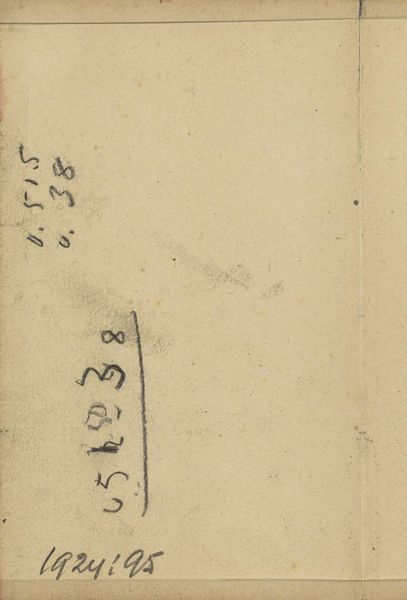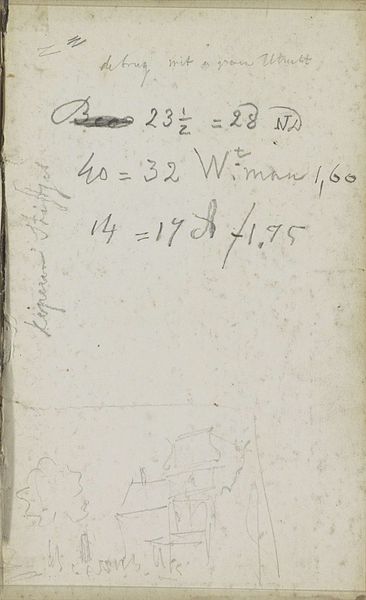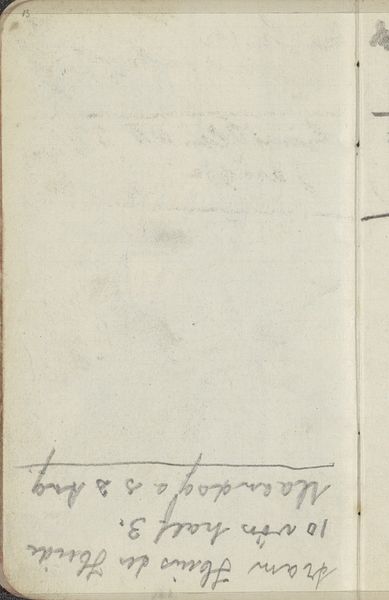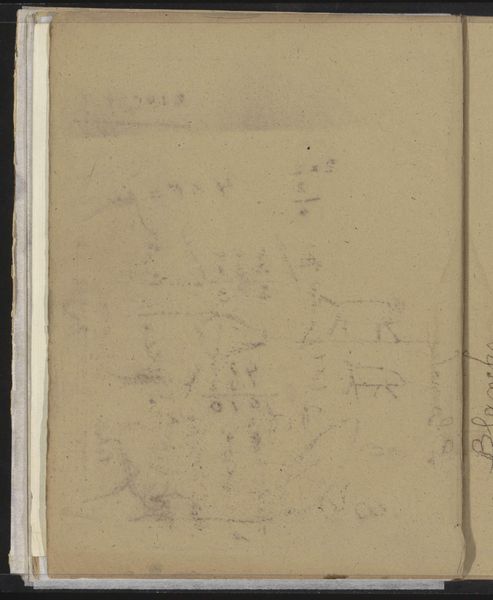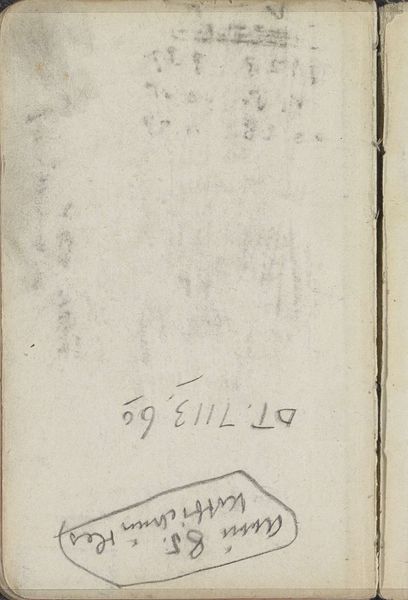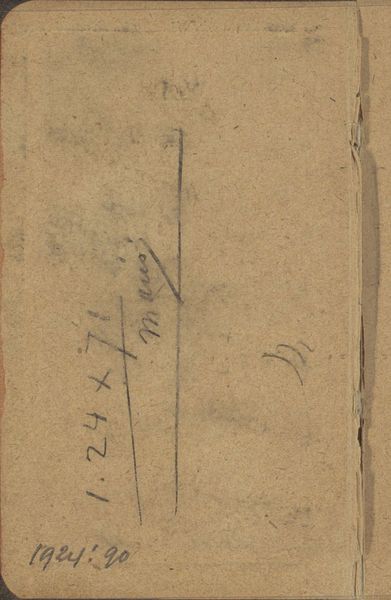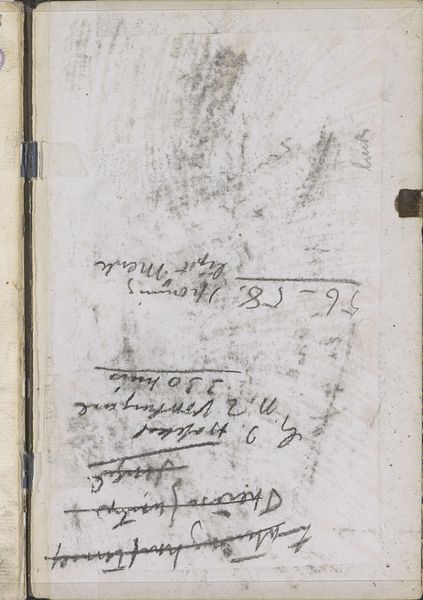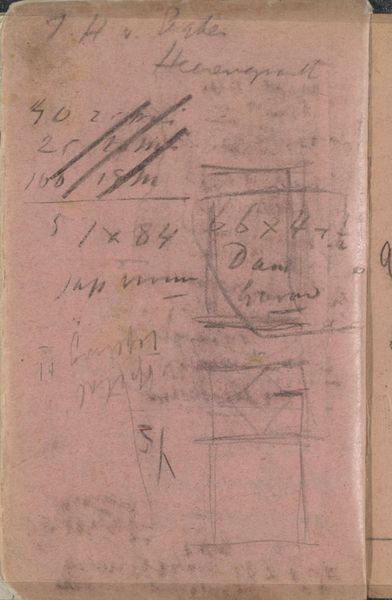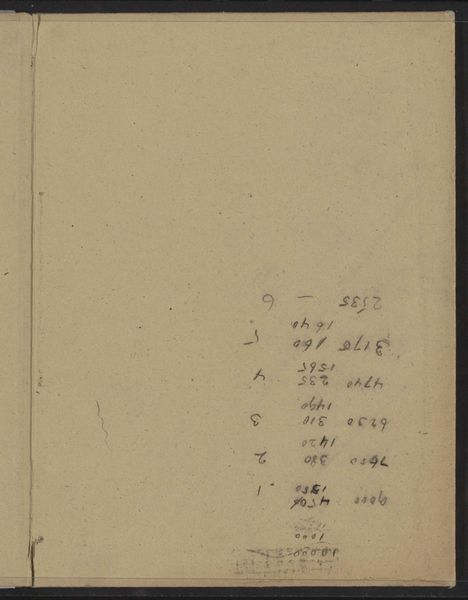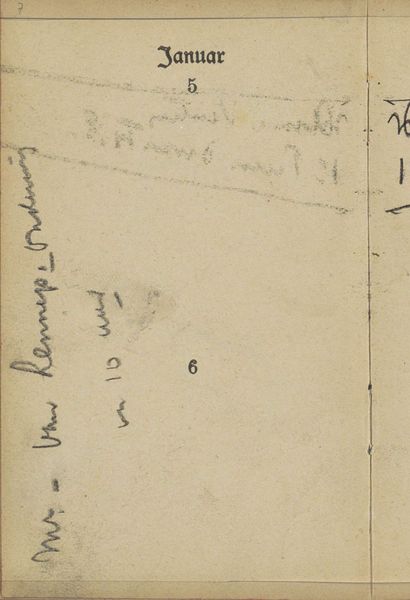
Copyright: Rijks Museum: Open Domain
Editor: This is "Annotaties," a pencil drawing on paper by George Hendrik Breitner, dating back to 1893. It… well, it mostly looks like calculations. Numbers scribbled on a page. What can we even read into something like this? Curator: Indeed, seemingly mundane. But I’m curious, what does it make you think of that such notes are held at the Rijksmuseum? Does the act of preservation change how we consider it? Editor: It's strange. Seeing this displayed makes me consider the artist’s process and intention behind preserving even seemingly casual records. Curator: Exactly. Consider the social and economic contexts of Breitner's time. The rise of industrialization and burgeoning capitalism influenced not just artistic subjects, but also artists' relationship with record-keeping, the meticulousness required for a budding commercialism. Could these "calculations" be seen as subversive statement in their ordinary, their mundaneness elevated as high art? Editor: A subversive statement through calculation? I hadn't considered that. Curator: What if these notations are, in themselves, a landscape—a mental cartography of sorts? The composition invites speculation. Are they records of transactions? Preparatory sketches? In any case, the very act of archiving implicates these notes into institutional systems of value, which were burgeoning in significance alongside capitalism. Editor: So, by elevating this everyday thing, Breitner makes us question value itself. I get it! The drawing invites us to question systems of social and economic power. Thank you! Curator: Precisely. This small "Annotaties" reveals how art engages in dialogues of cultural criticism and historical significance. It’s exciting isn’t it?
Comments
No comments
Be the first to comment and join the conversation on the ultimate creative platform.

